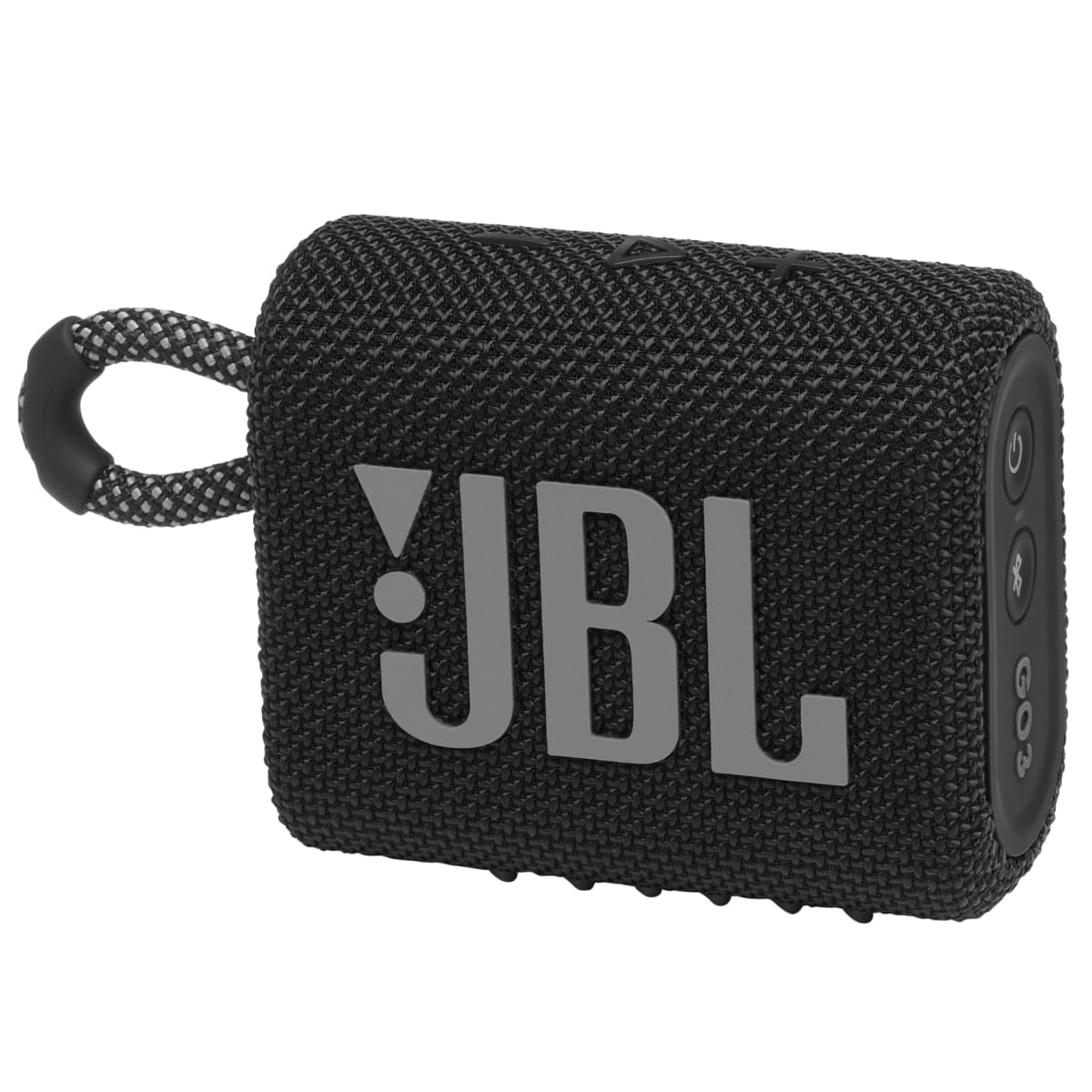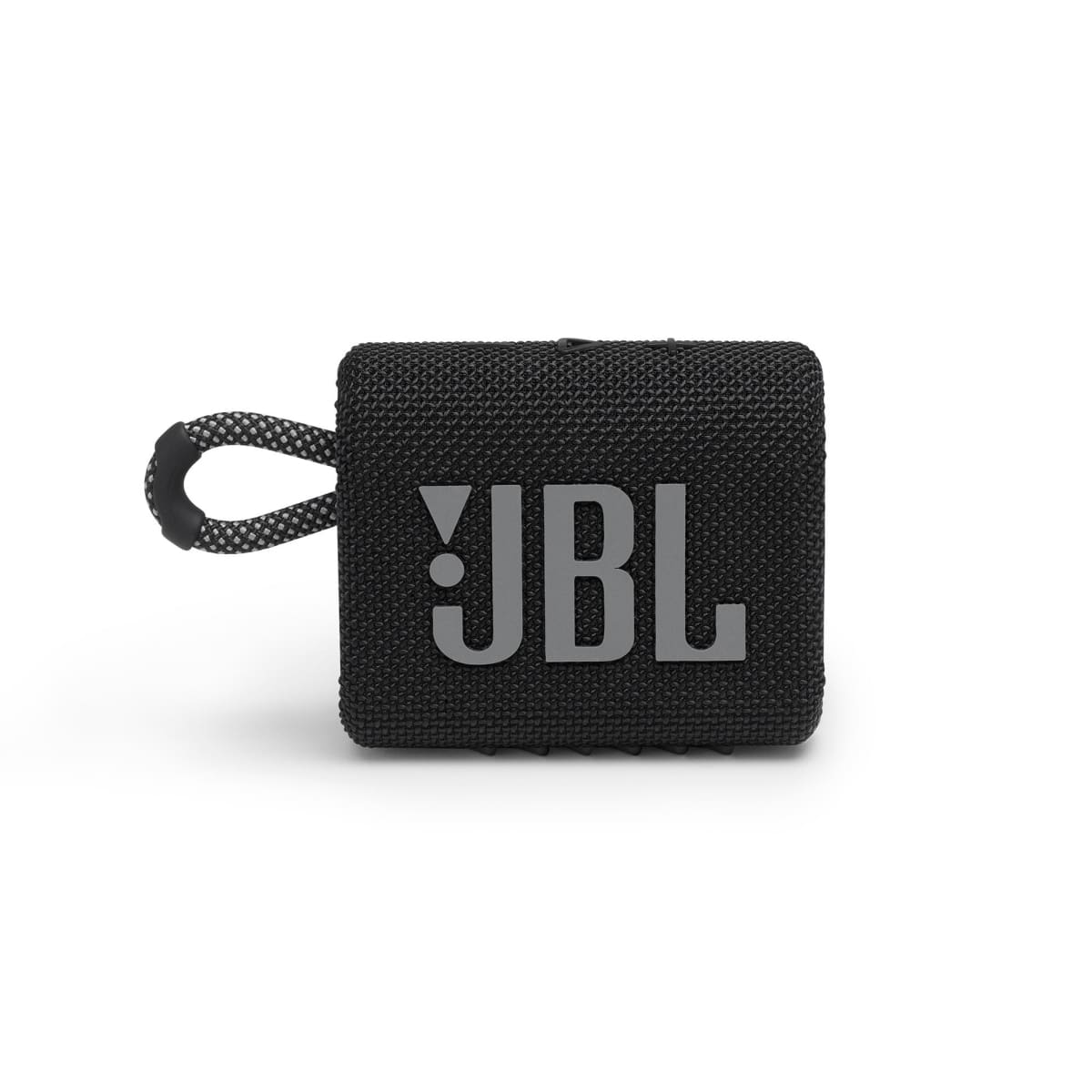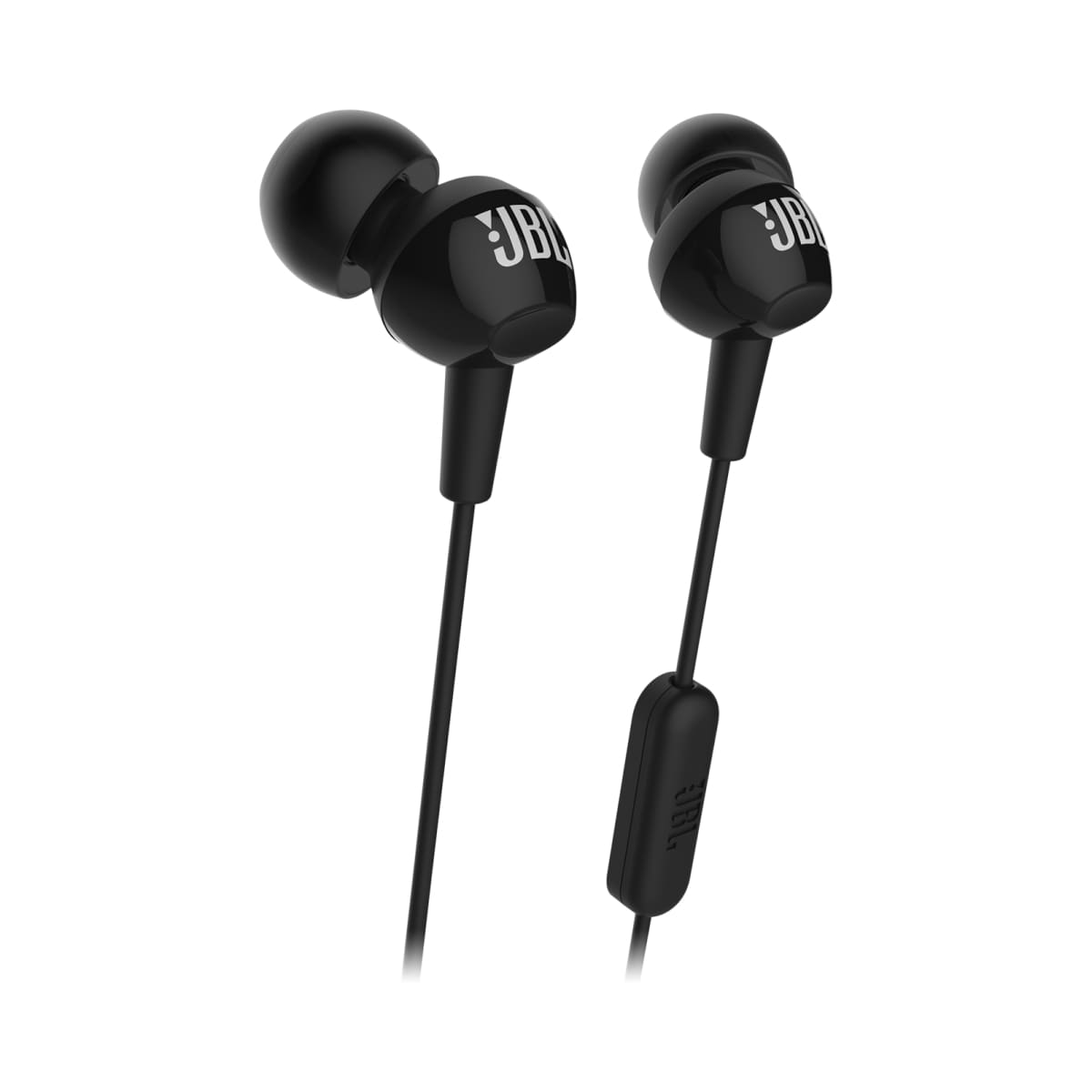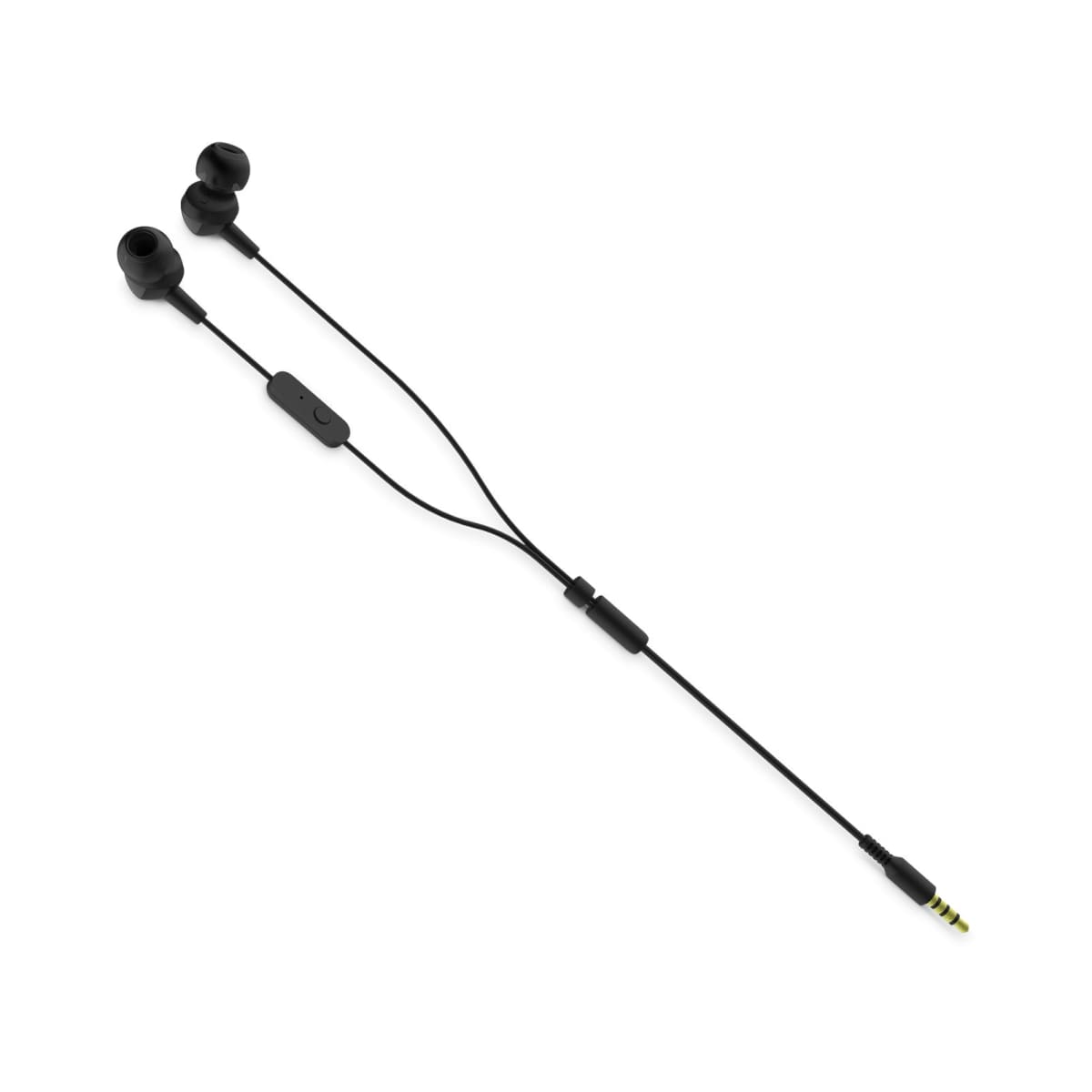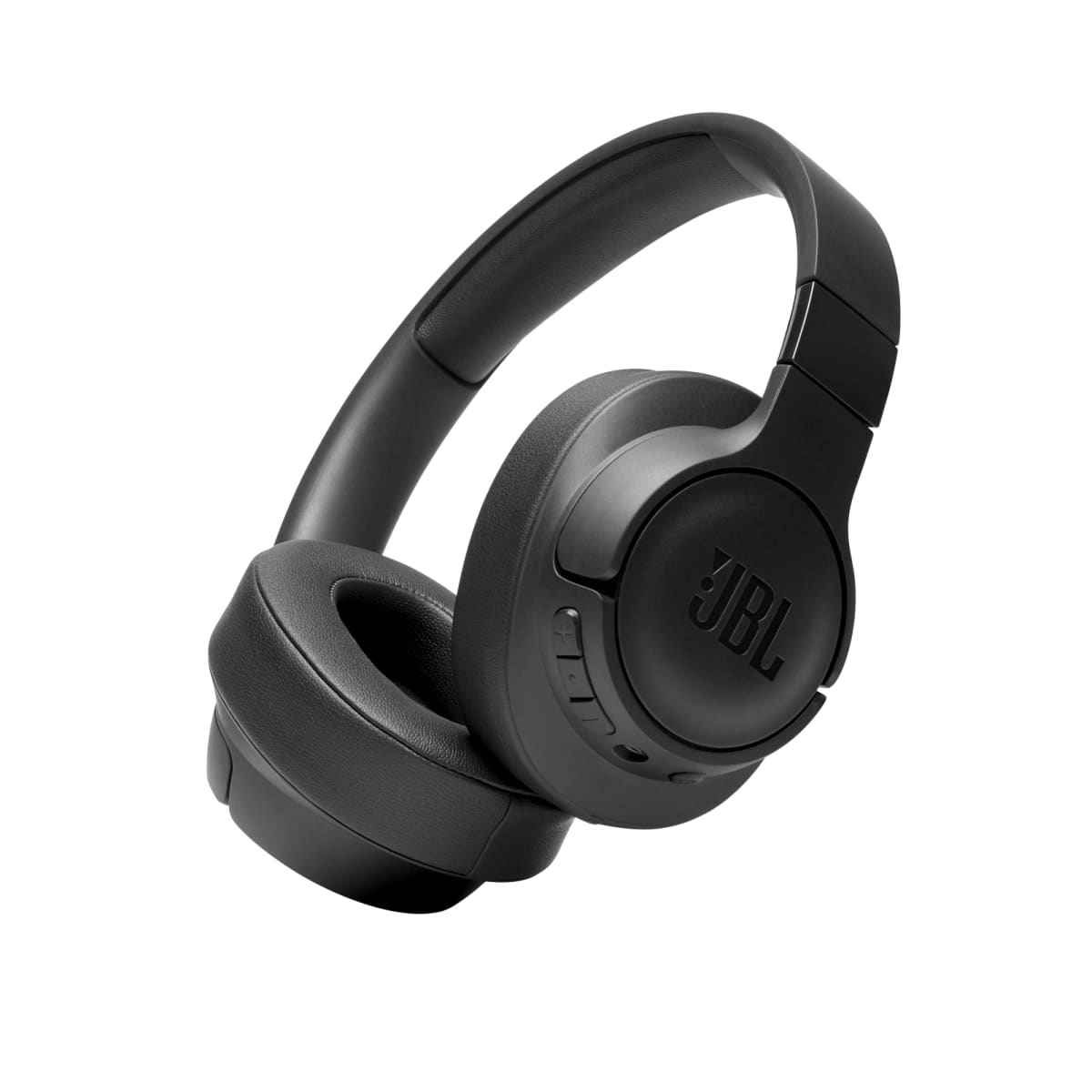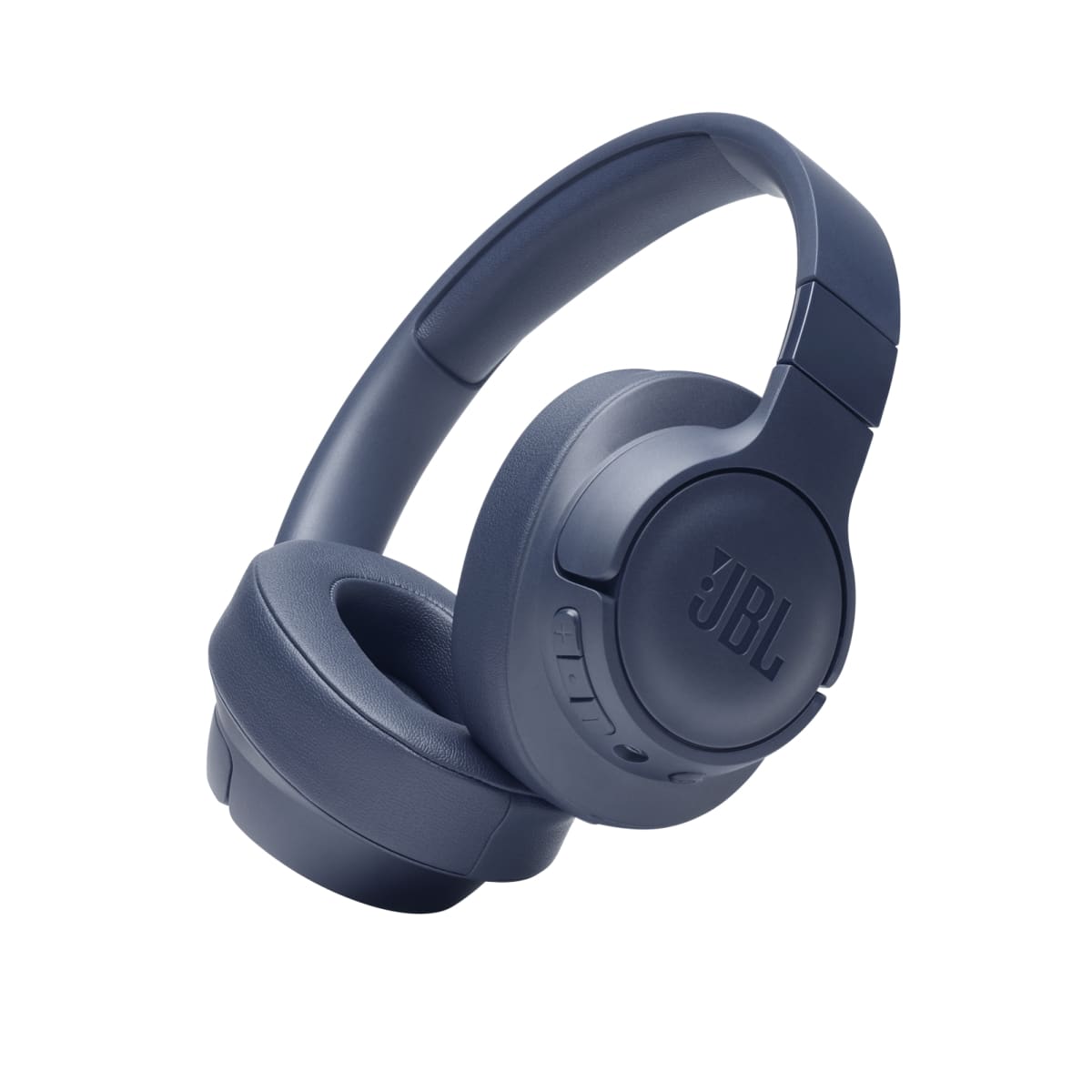On-Ear vs Over-Ear Headphones: Specs, Performance, Use-Cases & More

When it comes to audio fidelity, the debate often lands on one crucial choice: are on-ear or over-ear headphones better? Both have ardent supporters and valid points of discussion. But at JBL, we believe in providing a soundscape tailored to you. Below, we delve deep into these two types of headphones, examining the trade-offs in terms of sound quality, comfort, portability, and more. So, plug in and tune up — it's time to find your perfect auditory match.
The Anatomy of Headphones: A Primer
Before we dive into the specifics, it's worth taking a moment to appreciate how far headphone technology has come. From the bulky headsets of the past to today's sleek, high-fidelity options, advances in engineering have continually refined our listening experience. With that context in mind, let's explore the anatomy and specifications that set on-ear and over-ear headphones apart.
These essential components work in harmony to deliver the sound experience:
Drivers: Acting as the heart and soul of headphones, drivers are responsible for converting electrical signals into sound waves. They consist of magnets, voice coils, and diaphragms that vibrate to produce sound.
Ear Cups/Cushions: These are either designed to rest on top of your ears (on-ear) or encase them completely (over-ear). Their architecture not only impacts comfort but also has a role in noise isolation and sound reproduction.
Headband: Beyond just holding the ear cups in place, the headband's design can significantly influence comfort, especially during extended listening sessions. Materials and pressure distribution play crucial roles here.
Sound Quality: A Technical Perspective
Audio Drivers and Sound Signatures
When discussing sound quality, drivers take centre stage. Over-ear headphones often come with larger drivers, allowing them to deliver a richer bass and a wider soundstage. This makes them particularly suitable for genres like hip-hop, R&B, and electronic music where bass is a key component.
On-ear headphones, although housing smaller drivers, can punch above their weight, delivering clear and vibrant sound. These are particularly effective for genres that prioritise vocals and treble, such as classical music, jazz, and rock. Additionally, on-ear headphones often possess a more "forward" sound signature, which makes vocals and instruments seem closer, creating an intimate listening experience.
Impedance and Sensitivity
Impedance and sensitivity can appear as jargon, but they're important metrics for any audiophile. Headphones with high impedance (above 50 Ohms) generally require more power to deliver high audio levels. This means they benefit from an external amplifier, making them less versatile but often delivering superior sound quality.
Low-impedance headphones (below 30 Ohms) can be easily driven by most portable devices like smartphones and laptops. However, they may lack the full-bodied sound that high-impedance headphones deliver.
Typically, on-ear headphones are designed with lower impedance, while over-ear headphones often come with higher impedance levels.
Comfort: Fit and Materials
Cushioning and Clamping Force
When talking about headphones, comfort remains paramount, especially for audiophiles and professionals who might be wearing them for extended periods of listening. Over-ear headphones are champions in this domain. The large, padded cushions surround the ear entirely, distributing the clamping force more evenly to minimise discomfort.
On the contrary, on-ear headphones, while lighter, exert pressure directly onto the ears. Over long listening periods, this can lead to ear fatigue.
Breathability and Materials
Different materials offer various levels of breathability. Memory foam, commonly used in over-ear headphones, moulds to the unique shape of your ear, providing a custom fit but potentially causing heat build up over time. On-ear headphones often use lighter materials like foam covered with synthetic leather, offering durability and less heat retention but potentially sacrificing comfort.
Adjustability and Fit
The headband's adjustability and rotation options for the ear cups can also play a significant role in comfort. Features like telescopic headbands and rotating ear cups allow for a more personalised fit, enhancing your comfort during long listening sessions. Both on-ear and over-ear headphones can feature adjustable and rotatable headbands and ear cups.
Portability vs Immersive Experience
Form Factor and Lifestyle Compatibility
If you're frequently on the move, on-ear headphones are a boon. Their compact design and lighter weight make them ideal for commuting, jogging, or casual listening during work breaks. However, the trade-off is a less immersive sound experience compared to over-ear headphones, which create an "audio room" around your ears.
Over-ear headphones, with their bulkier form factor, are best enjoyed in a stationary setting where you can fully engage with the sound. They are the go-to choice for critical listening sessions, studio recordings, and even immersive gaming experiences.
Noise Cancellation: How Each Type Performs
In today's hustling and bustling world, peace often comes in the form of effective noise-cancelling headphones. Over-ear headphones generally have the upper hand here, as their natural design passively blocks out ambient noise. On-ear headphones, however, have made strides in active noise-cancellation, offering significant silencing of external sounds through advent technology. JBL's Active Noise Cancelling headphones keep distractions at bay regardless of form factor.
Battery Life: Is There a Difference?
While wired headphones eliminate the concern of battery life, for those interested in wireless headphones, battery longevity becomes a pivotal point of consideration. The larger chassis of over-ear headphones often allows for a bigger battery, translating to longer playtime. However, on-ear headphones, despite their smaller size, have also made strides in efficiency, with models such as the JBL Tune 510BT Wireless now offering competitive battery life of up to 40 hours alongside speed charging capabilities.
Use-Cases: When to Choose Which
On-Ear Headphones for Active Lifestyles

If your daily routine involves a lot of movement or physical activity, on-ear headphones are your best bet. They're easier to carry, less cumbersome, and provide a secure fit, making them ideal for travellers and commuters.
Over-Ear Headphones for Focused Listening

When audio fidelity is the top priority, nothing beats over-ear headphones. They are the preferred choice for studio recording, sound engineering, critical listening, and even for an immersive gaming experience.
Other Points of Consideration
Weather and Environment
A humid environment may degrade the materials used in your headphones faster, while colder climates could affect battery efficiency. Whether you're using them primarily indoors or outdoors could also influence your decision.
Durability and Maintenance
Generally speaking, over-ear headphones, with their more robust construction, tend to last longer than on-ear models. However, the trade-off comes in the form of greater weight and less portability.
Price Range
Quality doesn't come cheap. The entry-level JBL Tune on-ear headphone series retails at over RM200. Prices go upwards for the mid-tier Live and premium Tour collections accordingly. Over-ear headphones usually start at a higher price point, ranging from over RM600 for basic models to above RM1000 for high-end audiophile-grade versions.
Summing Up the Technicalities

To distil the complexities we've explored throughout this guide, let's recap the differences between the two headphone types. Whether you prioritise sound quality, comfort, or something else, this round up will give you a snapshot of what to expect from on-ear and over-ear headphones:
Sound Quality: Over-ear headphones are your go-to for bass and broad frequency response, making them ideal for genres that prioritise those elements. On-ear headphones, meanwhile, excel in the clarity of vocals and treble, suited for genres like classical music and jazz.
Comfort: Over-ear headphones are designed for extended listening sessions, distributing pressure more evenly around your ears. On-ear headphones are generally lighter and more portable, but they may become uncomfortable during long periods of wear.
Noise Cancellation: Over-ear headphones often have an advantage in passive noise cancellation due to their design. On-ear headphones, however, are catching up with advancements in active noise-cancelling technology.
Battery Life: Generally, over-ear headphones offer longer battery life due to their larger size allowing for bigger batteries. On-ear headphones are, however, advancing in battery efficiency, and many models can also offer competitive battery life.
Price: Over-ear headphones generally start at a higher price point and offer high-end options. On-ear headphones offer a range of budget-friendly choices but can also extend into the premium market.
So, there you have it. Whether you're a seasoned audiophile or a casual listener, understanding the nuances between on-ear and over-ear headphones can significantly assist you in making an educated decision. Ready to make your choice? Dive deeper into JBL's carefully curated collection of on-ear and over-ear headphones and headsets, to find that perfect fit for all your audio needs.

